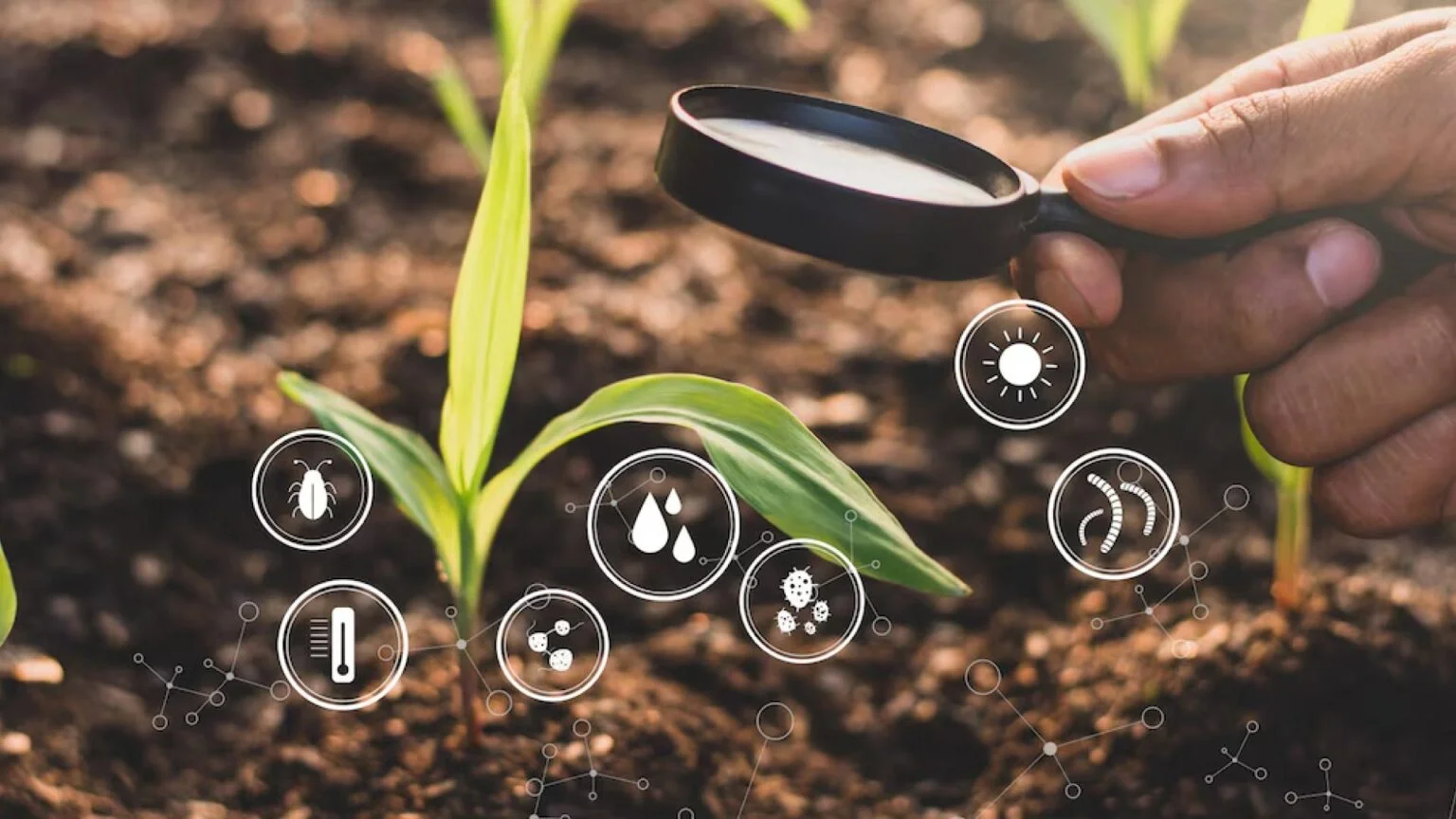As the climate crisis accelerates, the agricultural sector finds itself at a pivotal crossroads. Conventional farming practices, once essential for feeding growing populations, are now seen as major contributors to greenhouse gas emissions. In response, a transformative shift toward sustainable agriculture is emerging—not just to reduce harm, but to heal the planet. At the forefront of this evolution is the dual goal of growing food responsibly while removing carbon from the atmosphere. Sustainable agriculture & carbon removal are no longer separate concepts but part of a vital, unified strategy to ensure food security and climate resilience.
The Role of Agriculture in Climate Change
Agriculture accounts for a significant percentage of global greenhouse gas emissions, primarily from methane released by livestock and nitrous oxide from fertilized soils. Deforestation for farmland and the use of fossil-fuel-based machinery only compound the issue. Yet, agriculture also holds incredible potential to reverse this damage. When strategically managed, farms can act as carbon sinks, absorbing more carbon than they emit and transforming from contributors to solutions.
Sustainable Agriculture Practices That Support Carbon Removal
Sustainable agriculture is not just about minimizing environmental harm but also about enhancing soil health, promoting biodiversity, and capturing atmospheric carbon. Practices such as no-till farming, cover cropping, crop rotation, and organic fertilization are key components. These methods not only reduce emissions but actively promote soil carbon storage, making them central to modern climate-smart agriculture.
Carbon Sequestration: The Soil as a Climate Ally
Healthy soils are rich in organic matter and act as powerful carbon sinks. By encouraging microbial activity and minimizing soil disturbance, farmers can enhance the ability of their fields to trap carbon for decades. Composting and the use of natural mulches further enrich soil organic content, boosting its carbon-holding capacity and overall fertility.
Agroforestry, Biochar, and Regenerative Techniques
Agroforestry integrates trees with crops and livestock, promoting carbon capture through root systems and canopy coverage. Biochar, a form of charcoal added to soil, locks carbon away while improving soil structure. Regenerative agriculture combines multiple sustainable practices to rebuild topsoil, restore biodiversity, and enhance water cycles, offering a comprehensive framework for carbon-negative farming.
Technology and Innovation in Sustainable Agriculture
Modern tools like satellite monitoring, AI-driven crop management, and blockchain for supply chain transparency are accelerating the shift to sustainable agriculture. These technologies help farmers optimize resource use, predict yields more accurately, and measure carbon outcomes. Precision agriculture allows for tailored interventions that support sustainability without sacrificing productivity.
Policy and Global Collaboration
Government incentives, international agreements, and private investments are critical in scaling sustainable agriculture & carbon removal solutions. Programs that reward carbon farming, support renewable energy integration, and finance green infrastructure are gaining traction. Countries are increasingly incorporating soil health and sustainable land use into their climate strategies, reflecting a global shift in priorities.
Challenges and the Path Forward
Despite its promise, the transition to sustainable agriculture faces challenges including financial barriers, lack of awareness, and resistance to change in traditional farming communities. Overcoming these hurdles requires education, policy support, and collaboration across sectors. Continued research, farmer training, and accessible tools are essential to make sustainable practices the global norm.
For more info : https://bi-journal.com/sustainable-agriculture-and-carbon-removal-solutions/
Conclusion
Sustainable agriculture & carbon removal are not mere trends; they are essential pathways for securing the planet’s future. By shifting our agricultural systems toward practices that heal rather than harm, we can feed a growing population while pulling harmful carbon from the atmosphere. It is a solution that not only sustains but regenerates, paving the way for a healthier planet and a more resilient food system.

